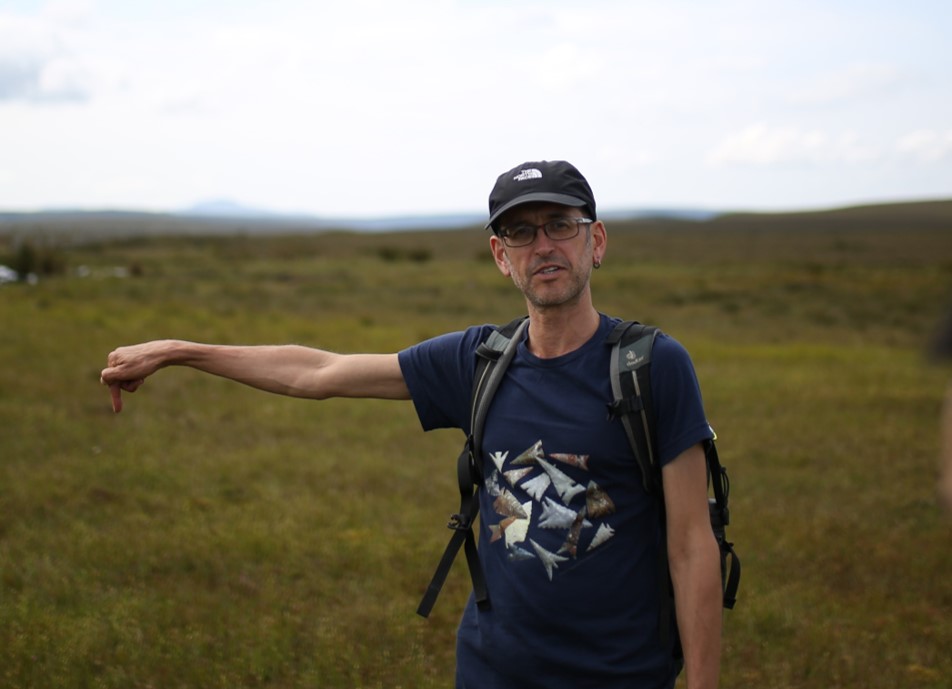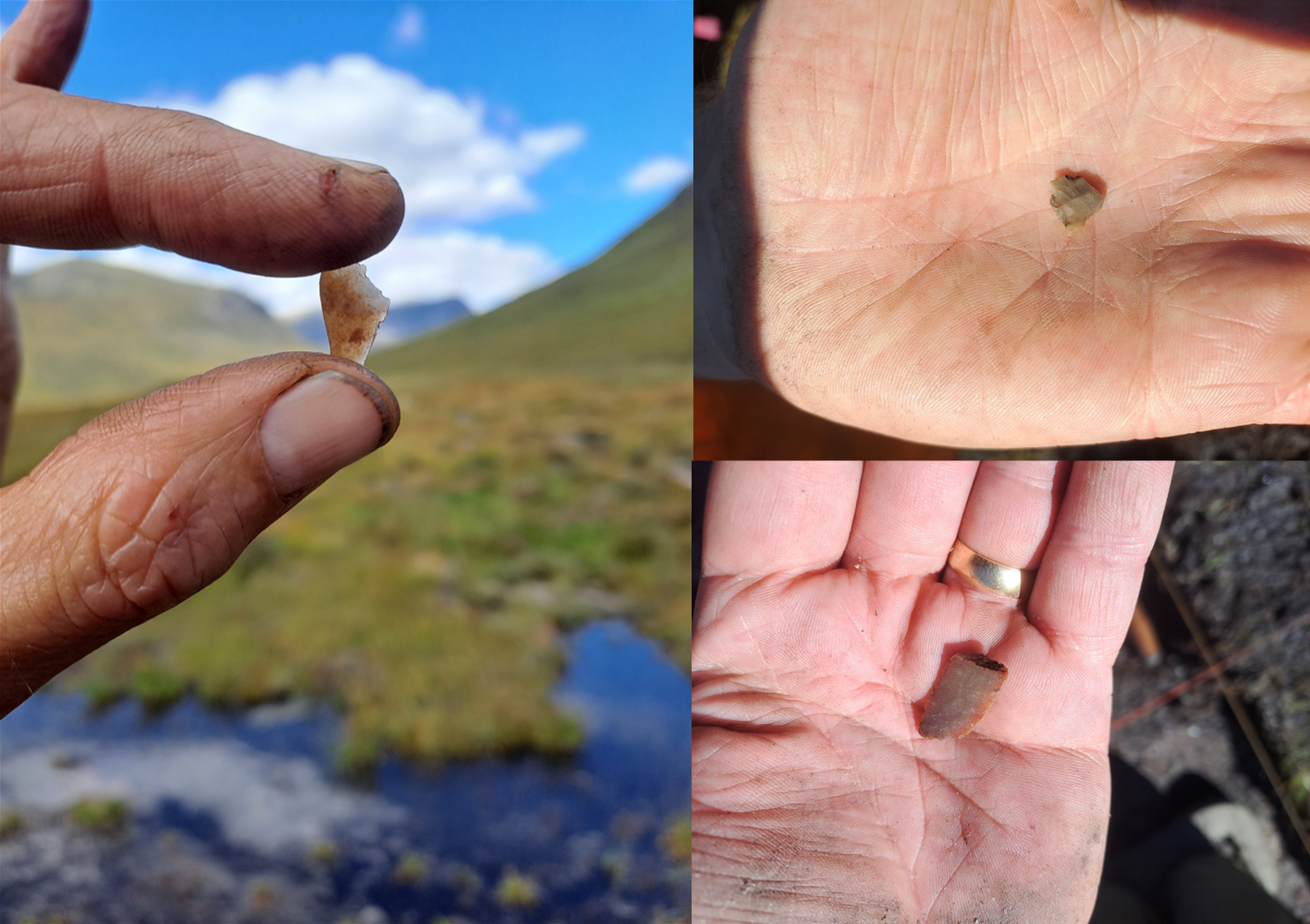This post is part of our ‘mountain research spotlights’ series, sharing the work and insights of colleagues working on mountains across the humanities (and beyond).
 Name and institution: Professor Graeme Warren, School of Archaeology, University College Dublin | Twitter: @graememwarren
Name and institution: Professor Graeme Warren, School of Archaeology, University College Dublin | Twitter: @graememwarren
Research summary: My research focuses on the archaeology of deep time (prehistoric) hunter-gatherers with a special interest in mountain landscapes. This includes finding and excavating sites and helping preserve them in the face of dynamic landscape change in mountains. This includes a long term project in the Cairngorms, Scotland. I also work on long term histories of mountain landscapes and how they have shaped people as people shape them. This includes work in Glendalough, Ireland. In both cases, I work with intra- and inter-disciplinary teams to understand mountain landscapes from multiple perspectives, including the arts. I’m also a mountain runner (and tweet about this a lot) and am increasingly interested in how this perspective might merge with my archaeological practice. Someone once suggested – I think in jest – that I should write a book which combined running to hunter-gatherer mountain sites in different regions with accounts of those sites. I’d certainly enjoy that, but I’m not sure it would get much of a readership…
Do you define yourself as working within the mountain humanities / mountain studies?
I wouldn’t normally use these terms to define what I do, but my work clearly could be seen as part of this. In a related sense, I’ve played with the term ‘montology’ (see below) to capture the interdisciplinary character of mountain research.
Much of my work has been in collaboration with the natural sciences: especially geology, geomorphology and palaeoenvironmental reconstructions of past landscapes. But this is all to support an understanding of the inter-relationships between different aspects of the world: humans, other-than-humans, spirits, landscapes. Lots of this is broadly inspired by posthumanism and my work focused on anti-colonial perspectives in archaeology.
I’d also suggest that without archaeology mountain studies is incomplete. Only archaeology can give you deep time perspectives on how humans live with mountains. Most works of synthesis in mountain anthropology and geography are heavily focused on non-industrial agricultural societies found in mountain landscapes, but this is a recent development and for thousands of years mountains were occupied by hunter-gatherers. Understanding this is key to considering the diversity of mountain-humans and human-mountains.
In this context, our fieldwork is a privilege to get spend time in places and develop relationships with them. We ask our students at the start to reflect on how their time in the field changes them (‘what does the mountain do to you?’) and how they change the place (‘what do you do to the mountain’). It’s a fascinating exercise, and has led to me formally making time at the end of our season to say thanks to the mountains for our time with them.

Could you share a piece of work you’ve written on mountains?
‘Mesolithic Montology’, Open Archaeology 8:1 (2022) 132-144. Open Access here.
I have described this article as being ‘peak me’ – it covers Mesolithic archaeology, mountain running, trying to make connections across disciplines, and Nan Shepherd’s work. It aims to be a synthesis of what we know (or don’t) about early Holocene hunter-gatherers in Europe.
